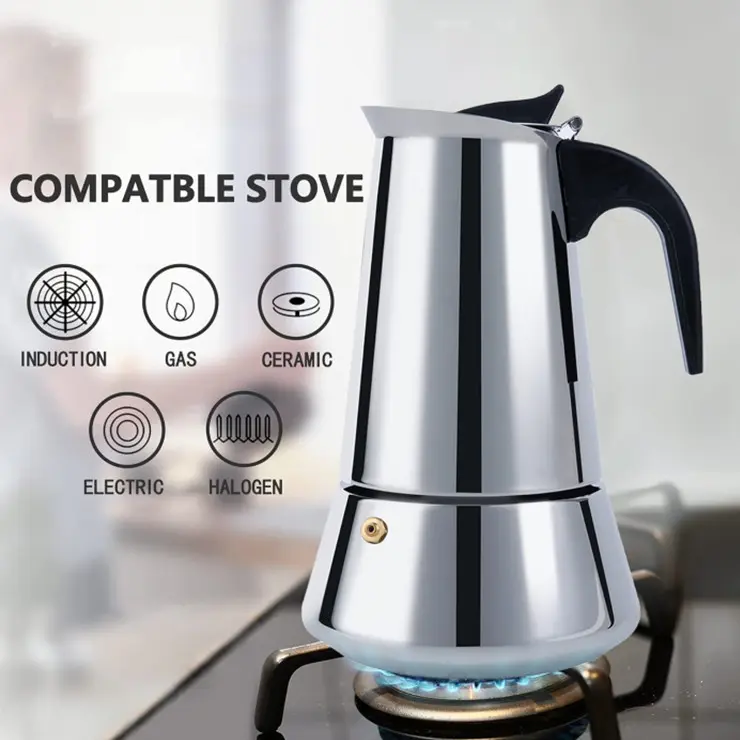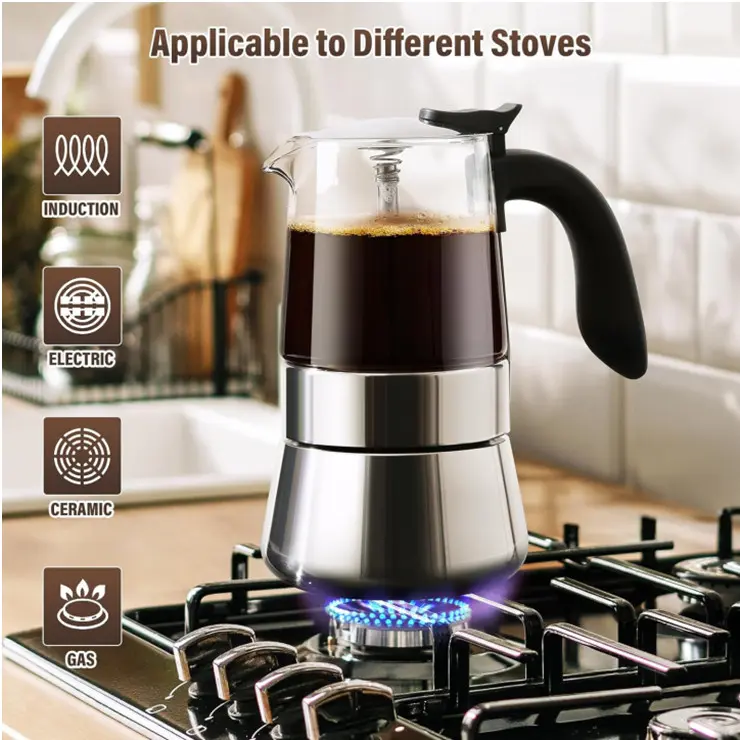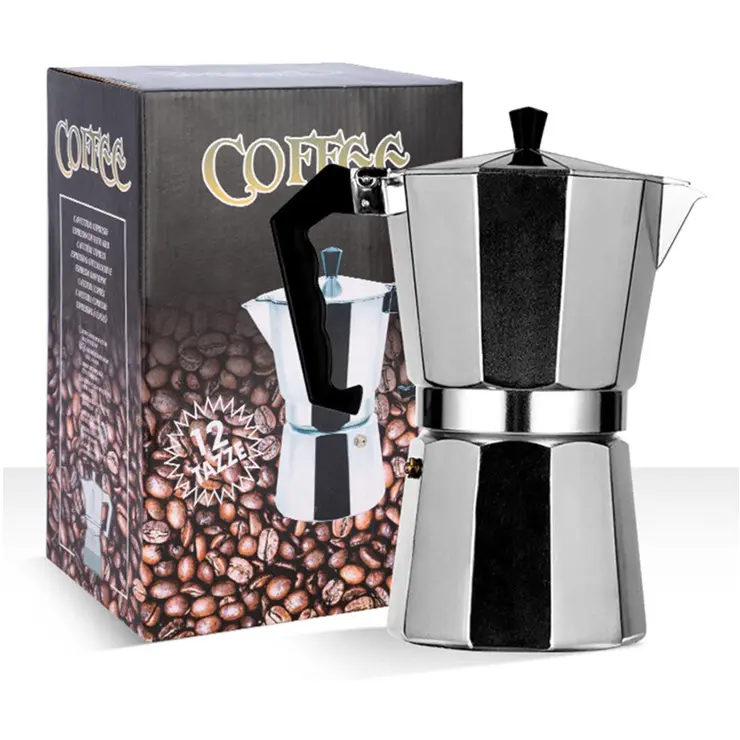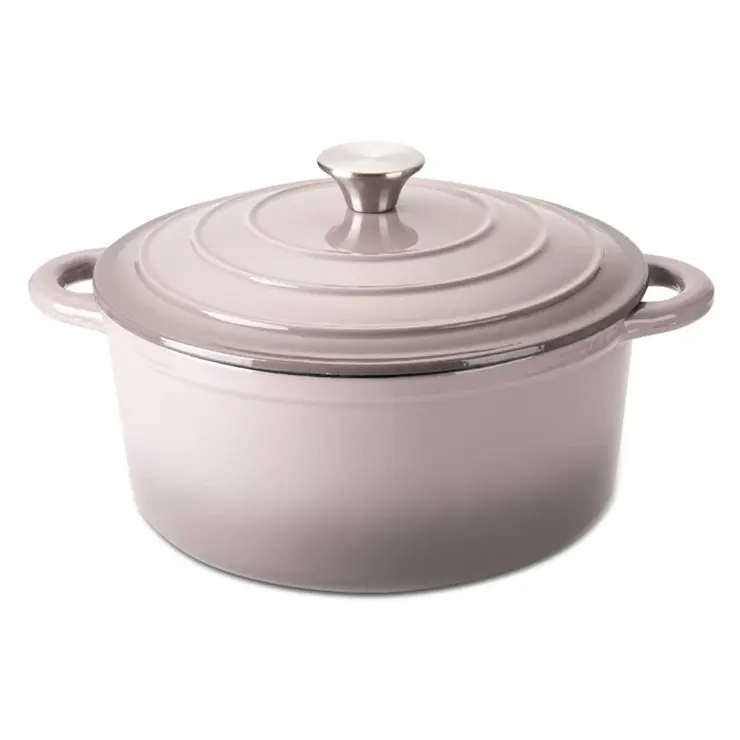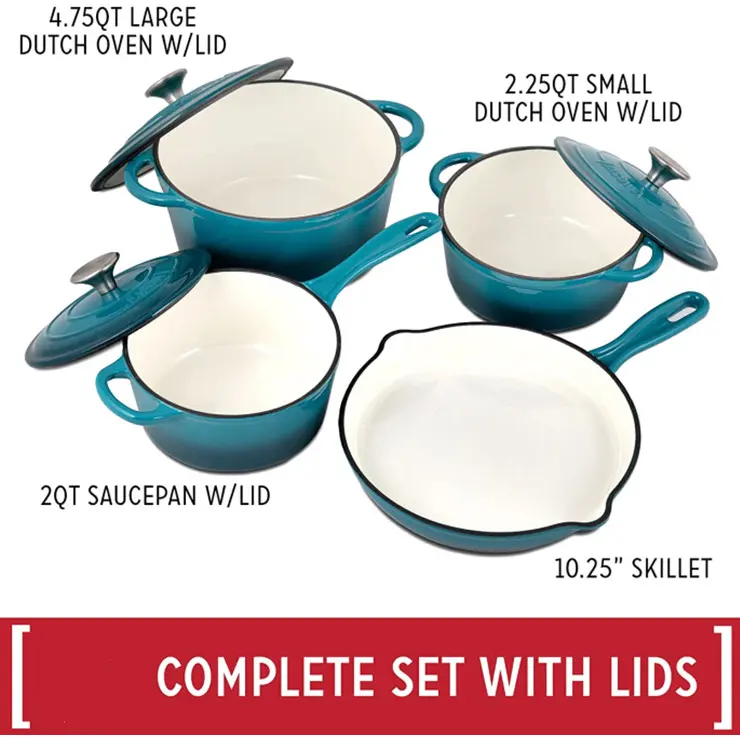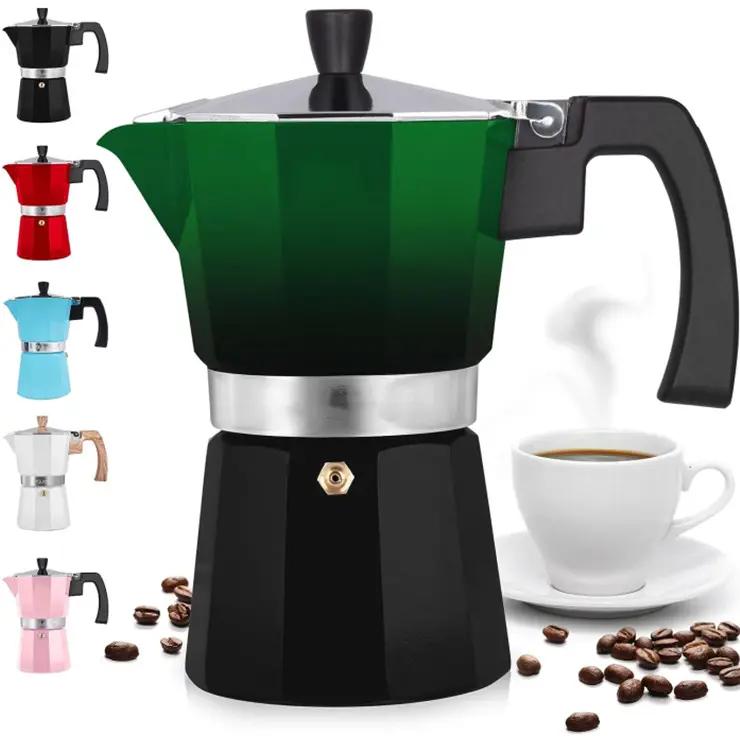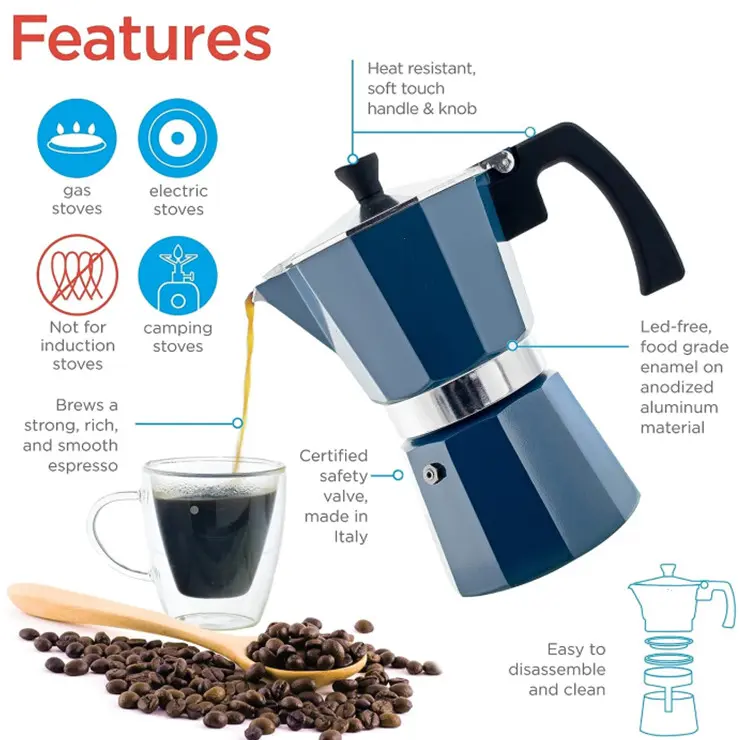How to choose a stainless steel soup pot (or steamer)?
When purchasing stainless steel pots, you mainly look at the workmanship and material.
1. Thermal properties of stainless steel
The thermal properties of stainless steel are not suitable for woks, frying pans and other pots. The thermal conductivity of stainless steel is poor, only one-sixth that of wrought iron, and even lower than cast iron.

When making a wok or frying pan, the uniformity of heat conduction can only be improved by increasing the thickness, which will increase the weight and cost. Moreover, stainless steel has poor lipophilicity, making it difficult to make it non-stick.
Moreover, once the pot body is made thicker, the overall energy storage capacity will be enhanced, and the response sensitivity to heat will also be reduced.
Therefore, whether it is a single-layer stainless steel wok or a multi-piece composite one, or even the honeycomb stainless steel wok that has become popular in the past two years, I personally do not recommend it. Honeycomb woks have more problems, which I will not expand on here. I have written about them before. passed the answer.
Although it is not suitable for woks and frying pans, stainless steel's strong corrosion resistance and stability make it a better choice for steamers and soup pots, because these two have no requirements for uniformity of heat conduction.
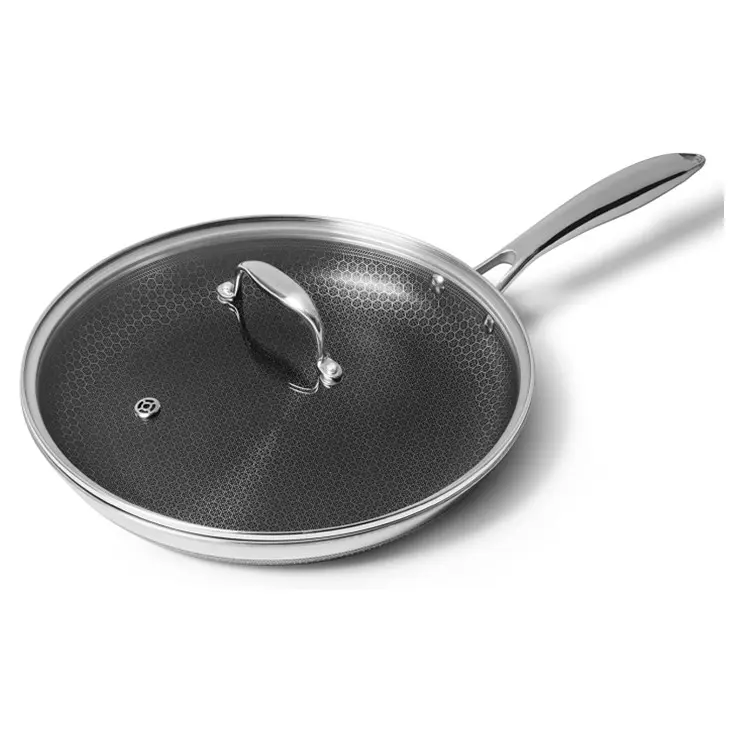
2. Material selection of stainless steel steamer
Stainless steel pots are preferably made of 304 or 316. The so-called 304/316 is actually a stainless steel brand, and it is an American Standard brand. Because it is relatively simple and easy to remember, it is relatively popular.
If you are interested, take a look at the comparison table of stainless steel grades in various countries below. The national standard 3014 is written as 06cr19ni10,06, which is the ratio of carbon content to ten thousand, which can almost be ignored.
Cr19 is the percentage of chromium content, which is 19% chromium, and ni10 is the percentage of nickel content, which is 10% nickel. However, the general industry standard is chromium 18 and nickel 10, so 304 is also called 1810 stainless steel.
The main function of chromium is to prevent rust, and nickel is a stabilizer of austenite.
Both 304 and 316 are austenitic stainless steels with fine crystal structure, strong corrosion resistance, and easy processing.
Because austenite appears at high temperatures, it will transform into ferrite, cementite, pearlite, martensite, etc. as the temperature decreases. However, if nickel is added, it will stabilize into austenite after cooling. .
As I write and write, I find that I am off topic. In fact, it is just one sentence. Because of the general characteristics of austenite, austenitic stainless steel has great advantages in corrosion resistance and stability when used as steamers and soup pots.
So when choosing a steamer or soup pot, just look for 304 material. Of course 316 is better, but the price will be much more expensive and the performance is somewhat excessive.
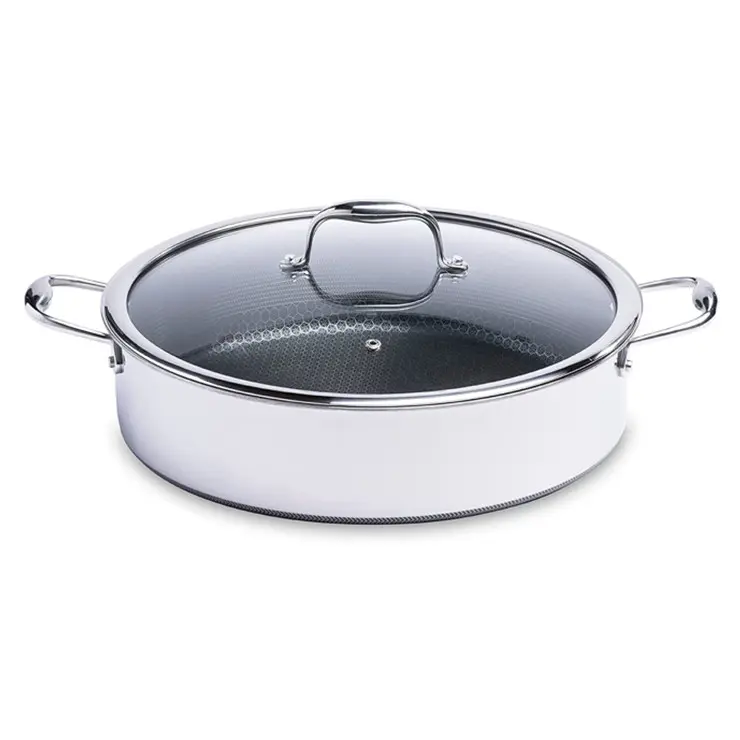
3. How to choose stainless steel pot brands
The role of the brand is not to say which one is better, but that the brand at least has a guarantee on the materials and will not use "fake materials".
In terms of technology, it mainly depends on the stainless steel material used. Whether the handle (pot ear) is welded or riveted. The welded one will be better than the rivet one, will not become loose, and will be easier to clean.
When looking at whether it is a composite bottom, because 304 is austenitic stainless steel and itself is non-magnetic, induction cookers cannot be used, so the composite bottom process appeared.
The composite bottom is made of two pieces of stainless steel sandwiching a piece of aluminum. The outer layer of stainless steel is ferrite and can conduct magnetism, so it can be used on induction cookers.
And because aluminum has very good thermal conductivity and can also balance the uniformity of heat conduction, a pot with this structure only at the bottom is called a composite bottom, and a whole pot with this structure is called a composite sheet.
Generally speaking, if you use an open flame at home, then just buy a stainless steel steamer with a single layer. If you use an induction cooker, buy a stainless steel steamer with a composite bottom.

As if the handle is welded, the rivets will definitely loosen later on, and the oil in the gaps will be difficult to clean.
However, the workmanship of stainless steel steamers is obviously worse. The better, the better, but the price will be much more expensive. Cheap stainless steel pots almost all have rivet handles, and the whole is single-layered. The pot wall is also very thin. Better ones have Composite bottom.
If you want something better, just jump to the next level. They all have composite bottoms + welded handles + thick pot walls. There is no intermediate option at all.


